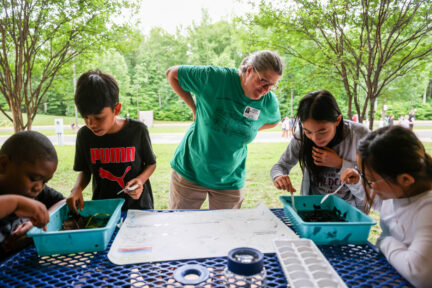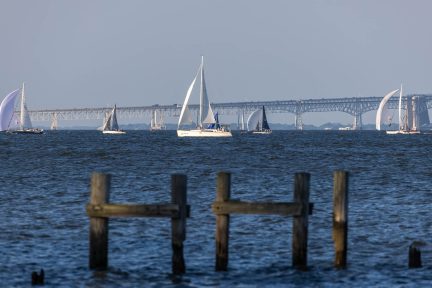Annual monitoring finds more than 91,000 acres of underwater grasses in Chesapeake Bay in 2015
Between 2014 and 2015, underwater grass abundance in the Chesapeake Bay rose 21 percent, bringing underwater grasses in the nation’s largest estuary to the highest total of the last three decades.



